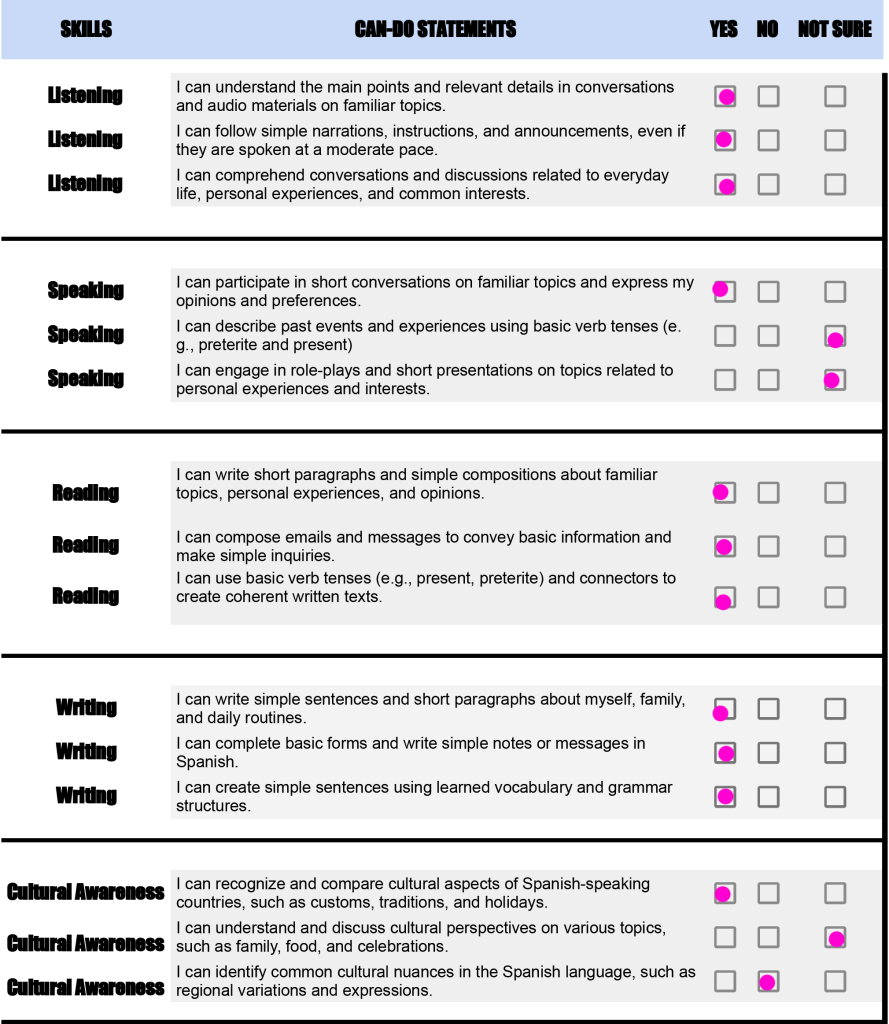Interpretive, Interpersonal, and Presentational Modes of Communication
Exploring Culture
Just like in Spanish 101, the biggest asset that students had to consistently explore culture was with the “Exploración Cultural” sections. I am hoping that they are present in following Spanish classes. During 102, we got the insights of multiple people that live in Spanish speaking countries like Chile, Peru and Bolivia. I found these assignments very interesting throughout the semester, I liked to see how different countries operate compared to the US. They definitely challenged my worldview on many things regarding the Spanish culture
The one that I found the most interesting was the one talking about the LGBTQ+ communities in different countries, where or where not it is accepted. I think this one changed my view on certain Spanish speaking countries because I assumed that the US was the most progressive country in terms of same-sex marriage/relationships, but certain countries like Costa Rica, who became the first to legalize same sex marriage in the Central Americas in 2020
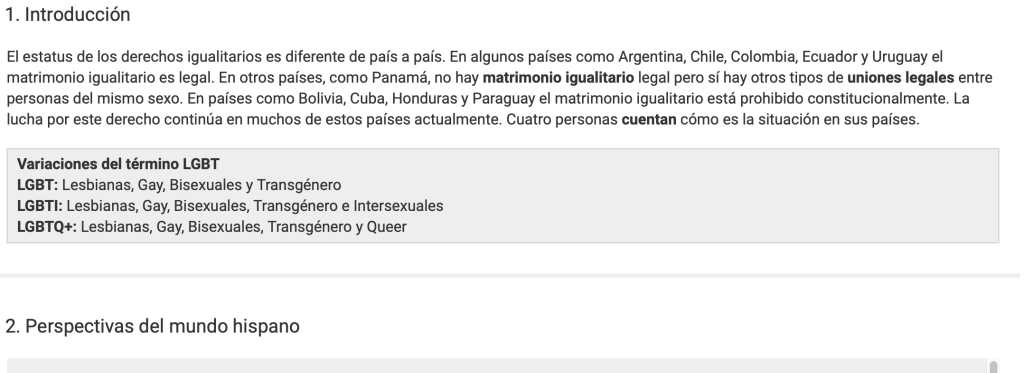
Engaging in Communities
I think it is very important for us as humans to engage in the communities that we have at our disposal. One thing I’ve realized while taking Spanish is that their communities are way more well knit than the ones that I am, especially when it comes to family. I believe the Spanish culture embraces their community and family more than the US, where individuality and individualism have become the new normal. I feel like this has cause a lot of the current problems that we have in our country right now and a lot of it could be avoided if we returned to community-fueled values.
With the popularity and capability of the internet growing over the past 10-15 years, I feel like it has been made so easy to interact with global communities. In my personal life, twitter has made it super easy to interact with people from other countries, half of my “mutuals” are from SA or the UK. Interacting with people from across the globe helps widen a persons worldview, making them realize the biggest difference between the two is distance.
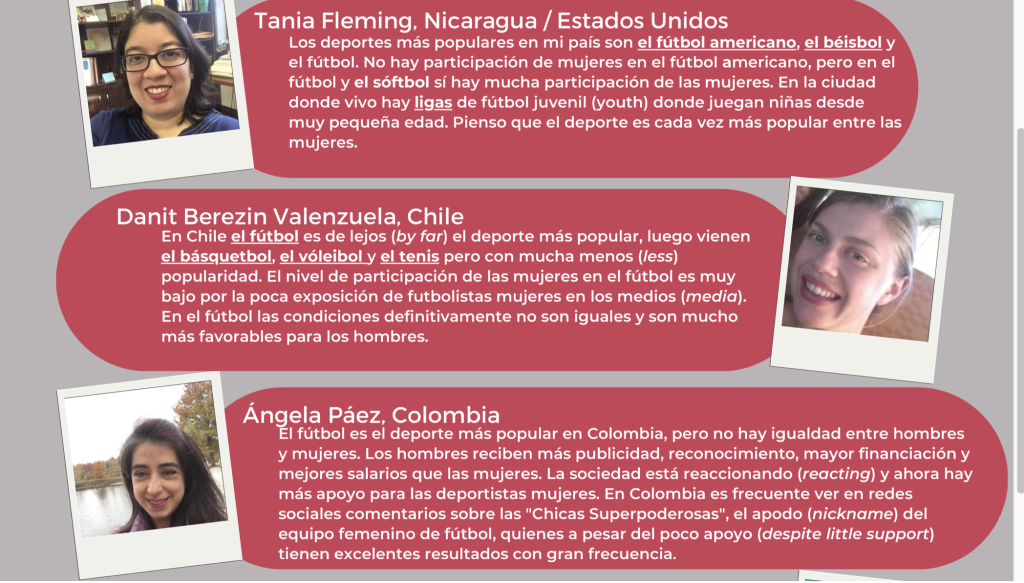
Interpersonal Communication
Since I unfortunately missed my opportunities to engage with the many speakers of TalkAbroad, I was limited in the amount of long form conversations that I was able to engage in. Ironically my only chance to do this (not when practicing) was the final conversation with my instructor. I took a lot from the conversation, the instructor gave me a lot of guidance that I will be able to to take on with me going into the next sections.
Throughout the year in the classroom, the multiple chances I got to actual speak Spanish in a conversation format, I felt like I got better at speaking, pronunciation and listening. I think I took the biggest step in term of being able to decipher what my partner was saying as they were saying it. In the past, even if I knew the definitions, hearing the questions, phrases and statements said back to me in Spanish used to give me trouble. Now I feel like my knowledge has gotten to a point where I can decipher the meaning of a sentence even if I don’t know all of the words because I learned the ability to listen or buzzwords. I think this is a helpful tool for anyone trying to learn another language. I think in the beginning I was too caught up on understanding everything the person said instead of listening for the meaning, which is more important. While I still have a ways to go, I will continue to use this ability when communicating in Spanish
Presentational Speaking
Presentational Speaking was something that we didn’t get to do a lot in class unless it was an activity where we were speaking a sentence or two. The longest and most complete form of this was in the unit 6 project. For our first project assignment, we were tasked with creating a video that described 5 members in my family. I decided to speak about my mother, father, sister, granddad and dog. We were tasked with describing our family members physical features, personality and other facts about the like jobs, marital status, age, etc. This helped me be able to ease into speaking Spanish for a longer period of time. I got really good feedback that prepared me for the rest of the speaking assignments. (I would upload the project but WordPress is not letting me upload the audio or video)
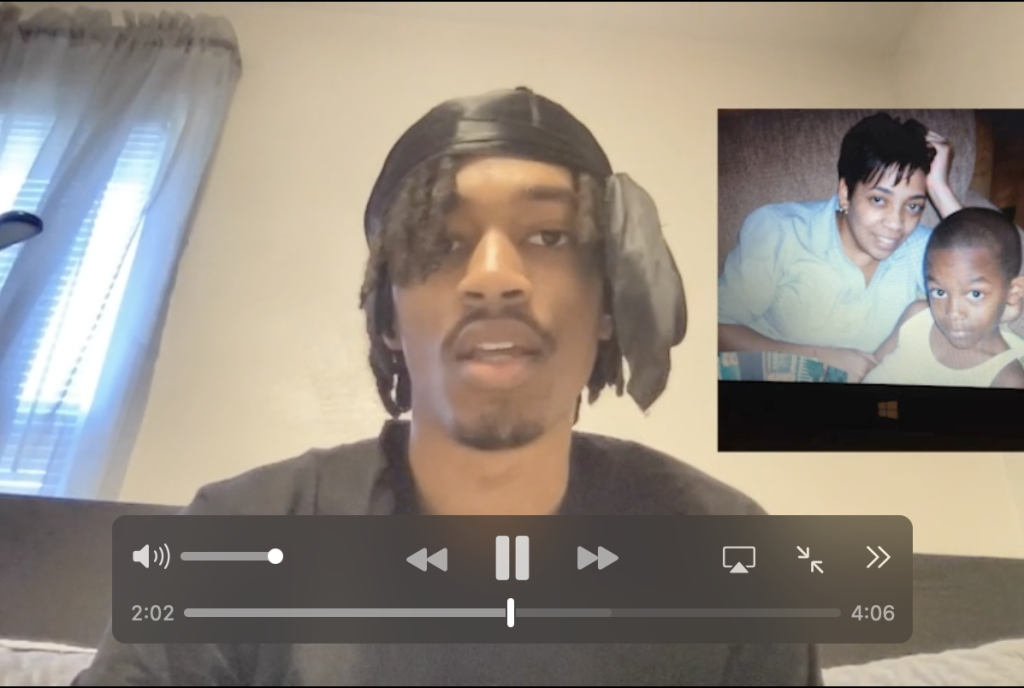
Presentational Writing
For Presentational Writing, I believe the short essay on sports would fit. In this assignment, it was a two part process. First, we had to write a flyer for a sports club that would be open for college students. We were tasked with listing the activities of the club, I my case I chose a basketball club. We also had to list the benefits of the sport, as well as the days and places that practices and games would take place. we needed a minimum of 150 words. In the second part of the assignment, we received our papers back with marks on the things that were wrong in the paper. While there were suggestions on what was wrong, the teacher didn’t just give us the answers outright so when we went back to correct our flyers we really had to think about which technique needed to be applied to the paper. I believe this was a very good exercise that really helped me when it came to writing in Spanish.
Interpretive Listening
All throughout lingro-learning, there were multiple assignments that involved listening to a Spanish speaker and figuring out what they were trying to say or answer their questions.
The listening activities used to give me a lot of problems when I first started doing them, but overtime, as I began to learn more buzzwords, I was able to decipher these audio assignments easier. I still do have trouble with these assignments, but the ability to listen multiple times to determine meaning definitely helps, even if it’s not as realistic. I believe I have grown a lot with these listening assignments over the last year with Spanish 101 and 102. One Interpretive listening activity I did engage in outside of class was watching Narcos. Narcos is primarily spoken in Spanish and while I did have subtitles on while watching, I would try to translate the words I understood and match the ones I didn’t. I think this definitely had a positive effect on my listening comprehension.
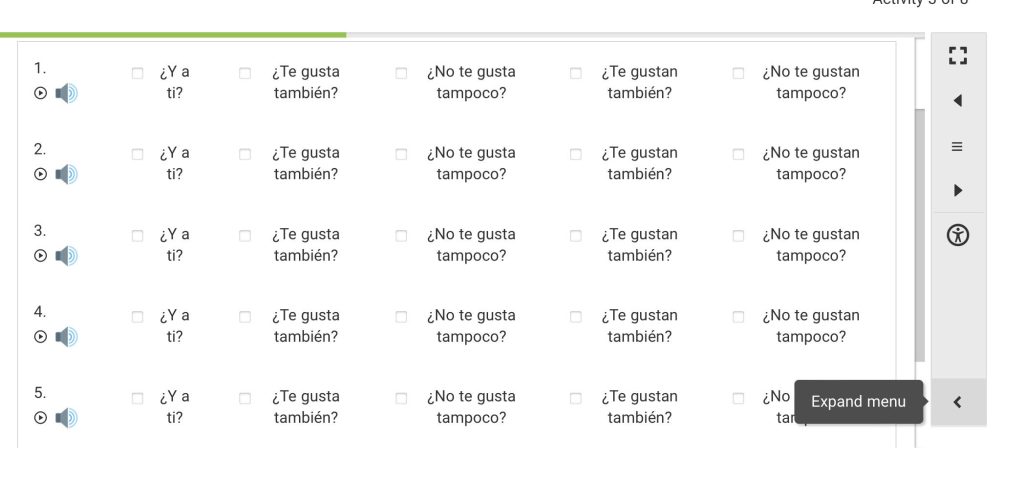

Interpretive Reading
There are millions of examples of Interpretive Reading in this course. Most of the assignments were in Spanish, so there was always a base level of interpretive reading needed to complete assignments. In the culture sections, there would be paragraphs of different peoples experiences that would be completely in spanish. These activities really tested my ability to translate an entire paragraph into english so that I could accurately answer the multiple questions that followed. On top of that, the grammar explanations were often in Spanish as well.
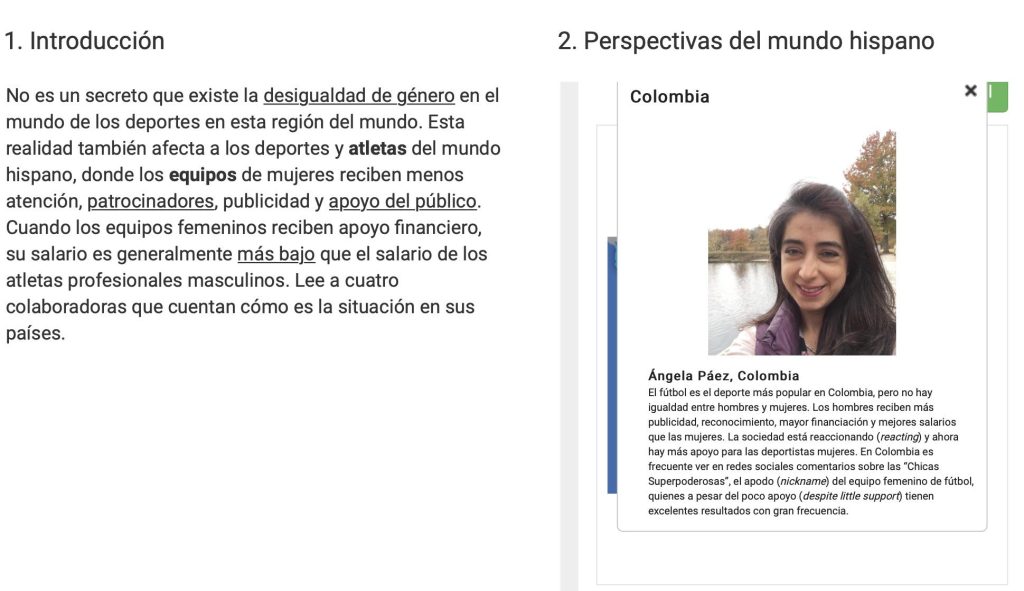
Assessment/Can-Do Section
